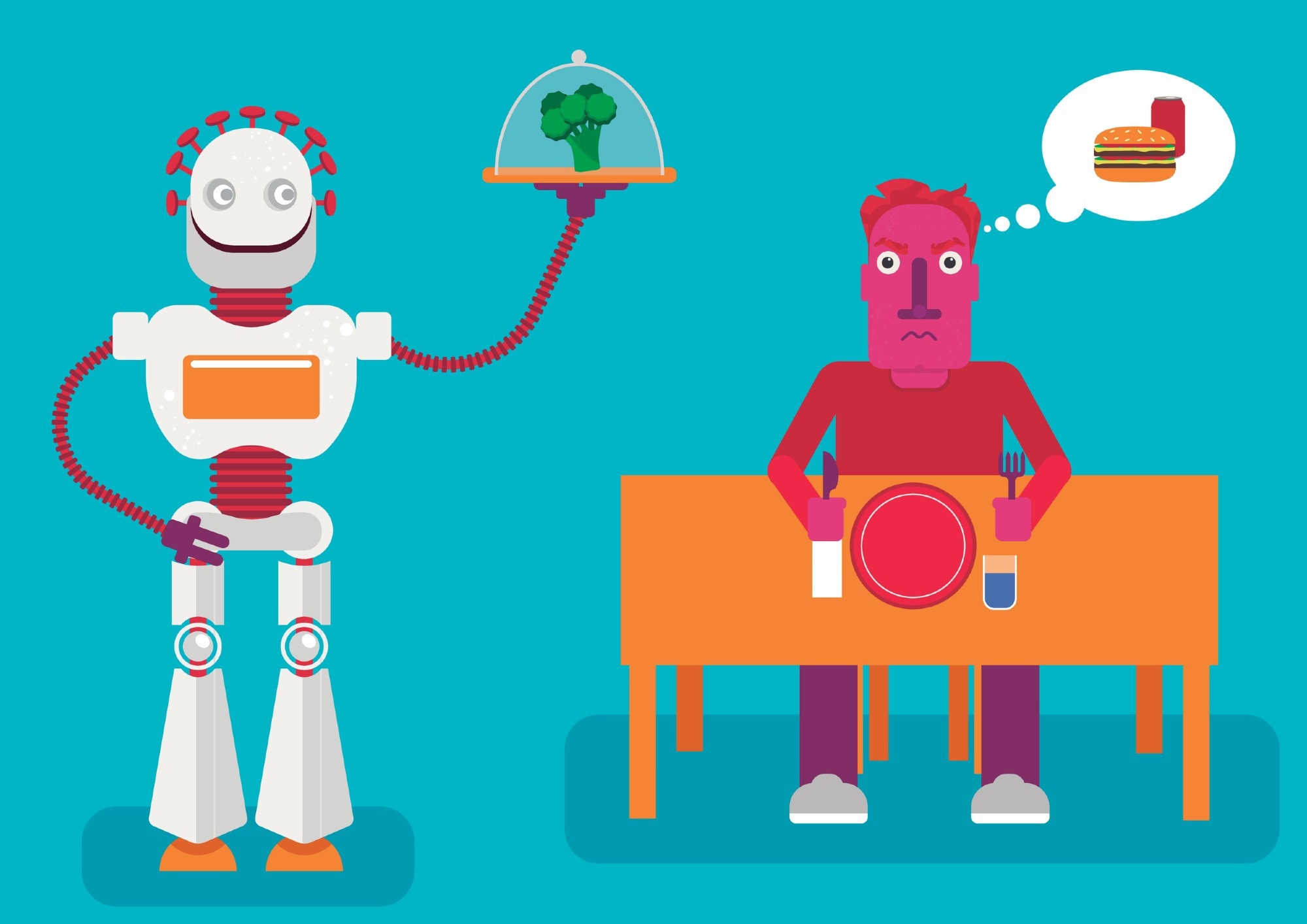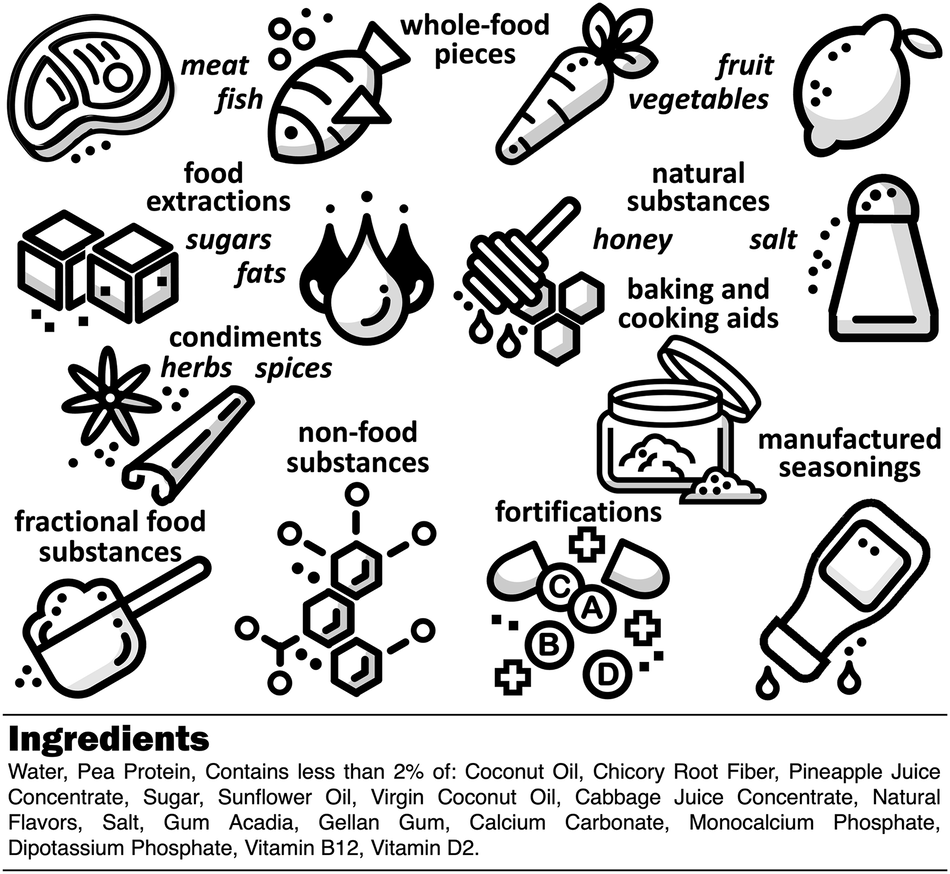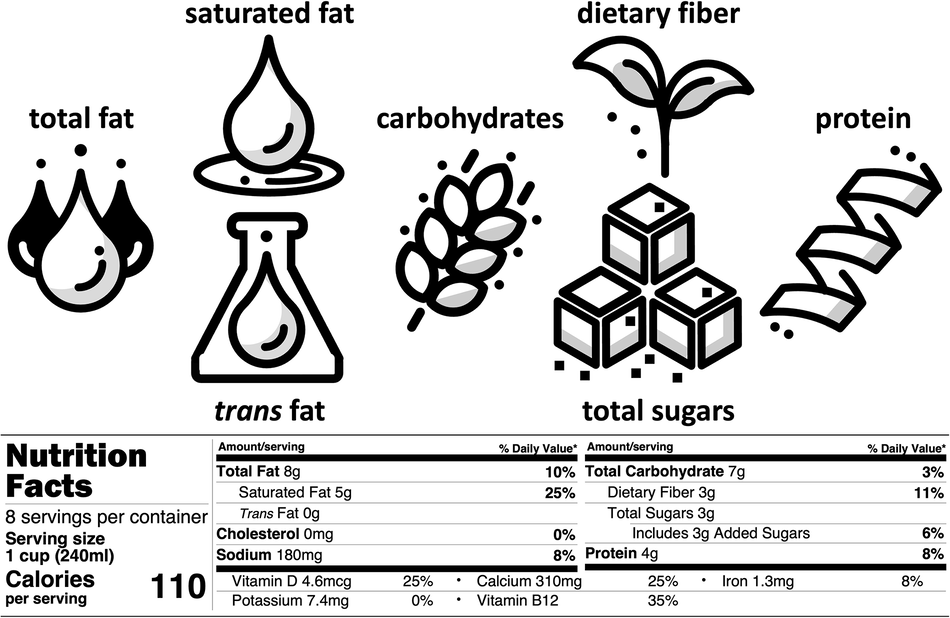Can artificial intelligence fast-track the next food revolution? Discover how AI-powered breakthroughs promise smarter, greener, and more delicious solutions for feeding the world’s growing population.
 Perspective: AI for food: accelerating and democratizing discovery and innovation. Image Credit: ValentinaKru / Shutterstock
Perspective: AI for food: accelerating and democratizing discovery and innovation. Image Credit: ValentinaKru / Shutterstock
In a recent perspective article in the journal npj Science of Food, Stanford University professor Ellen Kuhl highlights 2050’s global food demands, the limitations of traditional global food system innovations in meeting these demands, and the potential for artificial intelligence (AI) to overcome these limitations, while emphasizing that AI is not a panacea and cannot fully replace human expertise or sensory evaluation in food innovation. The article also cautions against unrealistic optimism and stresses that AI should be viewed as a partner to accelerate and enhance, not wholly solve, the challenges facing the food system.
The article provides examples of AI’s ability to facilitate cost and time savings by developing innovative, scalable conventional food alternatives. It highlights its potential in using environmentally friendly ingredients to synthesize a wide range of animal-free food items. Notably, Kuhl underscores the importance of open-source data sharing and interdisciplinary collaborations in realizing this goal, leading to a sustainable future. However, Kuhl notes that today’s AI systems lack the ability to fully grasp the nuanced social, ethical, and sensory dimensions of food that are deeply rooted in human culture, and that current applications remain limited by proprietary and incomplete datasets, especially for properties like flavor and texture.
Background
Advances in modern medicine have facilitated declines in global mortality rates, resulting in a faster-growing human population than ever before. While the benefits of these advances cannot be overstated, current food systems struggle to meet the dietary requirements of humanity’s ever-growing diet. Alarmingly, predictive models estimate that by 2050, our global population size will approach 10 billion people and require 20% more food than we do today.
Conventional food systems are unsustainable and inefficient. The World Bank’s State of Food Security and Nutrition in the World (2023) report highlights that 733 million (9.8%) of all people suffer from hunger, and 9 million die from hunger-associated causes each year. These food systems are also an ecological and environmental nightmare, relying heavily on animal agriculture, which is a leading contributor to global warming, deforestation, and excessive fresh (drinking) water use.
These statistics highlight the need for a paradigm shift in global food production, underscoring the inadequacies of conventional food systems and setting the stage for artificial intelligence (AI). In this perspective, Kuhl synthesizes current knowledge to list the demerits of traditional food system development/innovation, explore how AI and other cutting-edge advances in food production can overcome these limitations, and the challenges that must be overcome to ensure a healthier, hunger-free tomorrow. Kuhl identifies eight areas where AI can make a notable impact: predicting and optimizing protein structures, discovering novel formulations, accelerating consumer testing, replacing chemical additives and preservatives, predicting texture and mechanical properties, enhancing flavor profiles, generating new formulations from text prompts, and developing foundation models for food.
The Need for AI in Revolutionizing Global Food Production
Traditional food innovation is a slow, iterative, and complex process involving inputs from several fields (food science, culinary art, consumer research, and engineering). It is inherently incapable of processing the vast amount of empirical data generated in today’s rapidly technologically advancing world.
Furthermore, minute variations in input parameters during innovation may have unexpected and sometimes butterfly effect-like consequences on the final product. Even when finalized, scaling and deploying theoretical innovations present additional practical complexities, underscoring this trial-and-error approach as expensive, time-consuming, and inefficient.
AI presents a vital tool to address all these demerits. Generative AI can leverage enormous datasets (massive multimodal parameter space) and large language models to identify and select ingredients, develop formulations, engineer textures, and optimize products. Notably, non-generative AI is already extensively used in traditional food innovation pipelines to simulate product deployment and fine-tune existing variables, thereby achieving optimal nutritional and sustainability outcomes without traditional trial-and-error-associated wastes. However, the article emphasizes that current AI systems are limited by incomplete or proprietary datasets, particularly for subjective qualities such as flavor, texture, and rheology.

The ingredient list summarizes all ingredients in the product, including whole-food pieces, food extractions, natural substances, condiments, baking and cooking aids, fractional food substances, non-food substances, fortifications, and manufactured seasonings. The example provides the ingredient list for a plant-based milk product.
Challenges in AI and Barriers to Its Adoption
Current AI-accessible (open-source) datasets are rich in food ingredient nutrient profiles. In contrast, datasets required to predict flavor, texture, and rheology are rare. Even when available, these subjective datasets are usually proprietary and not AI-accessible.
Encouragingly, these limitations are temporary and can be overcome by interdisciplinary collaboration between food and data scientists and open-source results sharing. Developing transformer-based foundation models capable of integrating multimodal data into a unified architecture could substantially expedite this process, as demonstrated by the recent recipe-focused ‘ChefFusion’ model.
The article further cautions that AI for food should not be oversold and that it is important to remain aware of its limitations, such as a lack of transparency, insufficient computational power, and the complexity of real-world data. While AI can significantly accelerate and improve food innovation, the author stresses that human expertise, cultural understanding, and creativity remain indispensable.
Conclusions – Tomorrow’s Table
In this perspective, Kuhl details eight specific opportunities where AI can make a transformative impact in food innovation: (1) predicting and optimizing protein structures to mimic animal products; (2) discovering novel ingredient formulations; (3) accelerating consumer testing by predicting preferences; (4) replacing chemical additives and preservatives with healthier alternatives; (5) predicting texture and mechanical properties through automated modeling; (6) enhancing flavor profiles using generative models; (7) generating new food formulations from natural language prompts; and (8) developing foundation models for food that can integrate multimodal data sources and enable rapid adaptation to new tasks.

The nutrition label contains information about macronutrients, including total fat, saturated and trans fat, carbohydrates, dietary fiber and sugars, and protein, and micronutrient,s including vitamins and minerals. The example provides the nutritional information for a plant-based milk product.
She then provides examples of how leveraging AI can allow for a complete overhaul of the conventional food system, allowing for improved innovation (e.g., simulations to optimize costs and efficiency), reduced environmental cost (e.g., development of plant-based alternatives to animal products), and consumer satisfaction (e.g., using large-scale consumer surveys to predict their product-specific sensory experiences). The article illustrates these points with real-world examples, such as NotCo’s AI-powered plant-based milk and chicken formulations, Brightseed’s discovery of gut-health bioactives, and Knorr’s use of AI for flavor pairing in plant-based products.
However, to achieve this ideal and help AI realize its full potential, extensive interdisciplinary collaboration between food scientists and data scientists, as well as a willingness to open-source results, is essential. The article concludes that AI offers a cost- and time-effective, scalable, and innovative approach to food system challenges, but its success will depend on realistic expectations, transparency, and robust, diverse datasets. Overall, the perspective underscores AI’s capacity to democratize food innovation, making it more accessible, efficient, and responsive to global challenges.